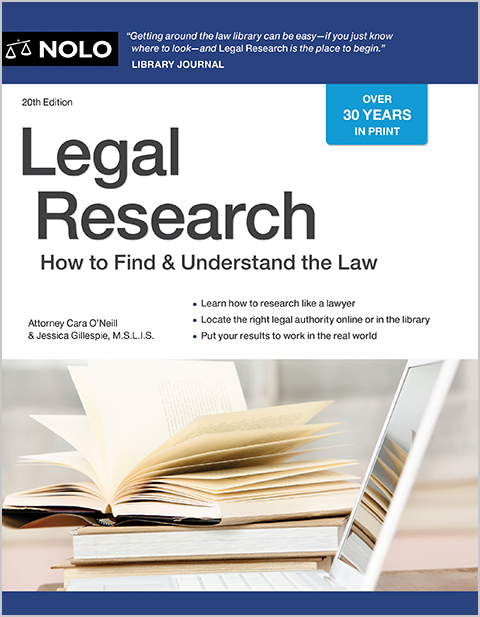Learn what reasonable suspicion means in the context of police stops.
Reasonable suspicion is a legal standard that applies in different criminal-law contexts, most often where searches and seizures are involved.
Understanding Reasonable Suspicion
The Fourth Amendment allows an officer to conduct a brief investigative stop based on reasonable suspicion of criminal activity. This includes vehicle stops.
Reasonable suspicion requires an officer to have an objectively reasonable basis for suspecting criminal activity before detaining someone. It allows an officer to briefly detain someone if the circumstances suggest criminal activity is about to occur, is occurring, or has occurred. Reasonable suspicion must be more than an unparticularized hunch, but it's not meant to be onerous. Furtive movements, nervousness, and other suspicious conduct can support reasonable suspicion.
Reasonable suspicion is a less demanding standard than probable cause, which is needed before an officer can arrest someone. Probable cause requires an officer to have facts that support an objective belief that the person committed a crime. It's not a high bar but does require a probability or chance of criminal activity.
Types of Detention Allowed Based on Reasonable Suspicion of Criminal Activity
Because "reasonable suspicion" is a less demanding standard than "probable cause," the scope of detention permitted must also be less intrusive in comparison. Probable cause of a crime gives an officer the ability to arrest someone, whereas detention based on reasonable suspicion stops short of arrest and must be brief.
For example, an officer with reasonable suspicion of criminal activity may:
- make a brief investigative stop to ask questions
- pull over a vehicle in a traffic or investigative stop, or
- conduct a frisk or pat down if the officer believes a suspect may be armed and dangerous.
In any of these "stops" (or detention), the person is not arrested but also isn't free to leave for a brief time.
(Compare this limited detention to general questioning on the street. Officers can stop and talk to anyone on the street without any suspicion. The situation doesn't rise to the level of "detention" as long as the person is free to leave.)
Example of Reasonable Suspicion in Action
Officer Haulk is downtown, wearing plain clothes at 2:30 in the afternoon. He notices two men, Joe and Calvin, standing at a street corner. Something about them doesn't seem right to him, so he continues to watch them from a distance. He sees Calvin walk down the street, past some stores. Calvin pauses and looks in a store window, then turns around and rejoins Joe. Joe then walks to the same store window, looks in, and returns to Calvin. Joe and Calvin trade off walking to the same window and looking in it until each has done so six times.
Officer Haulk sees a third man walk up to Calvin and Joe and engage them in conversation, then walk away. Calvin and Joe continue their pacing for another ten minutes, then walk in the direction of the third man.
Suspecting that they are "casing a job" before committing a robbery, Officer Haulk approaches the three men and identifies himself as a police officer. He asks for their names and receives a mumbled, unintelligible response. Haulk then grabs Calvin, spins him around, and pats him down; he finds a pistol in Calvin's jacket pocket. He also pats down the other two men, finding another gun on Joe.
Before Calvin's trial for gun possession, his lawyer brings a motion to suppress evidence of the gun in his jacket. The court rules that Officer Haulk was entitled to approach the men and ask them their names. It further finds that, because he limited his search to a pat-down and had a reasonable suspicion that Calvin was armed and dangerous, Haulk was justified in grabbing and searching him. Accordingly, the court denies the motion to suppress. (Terry v. Ohio, 392 U.S. 1 (1968).)
Getting Legal Help
Legal standards, like reasonable suspicion and probable cause, are not easy concepts. Courts are constantly analyzing these standards, their meanings, and how they apply to real-world situations. If you have questions regarding a police stop, contact a criminal defense attorney for help.

